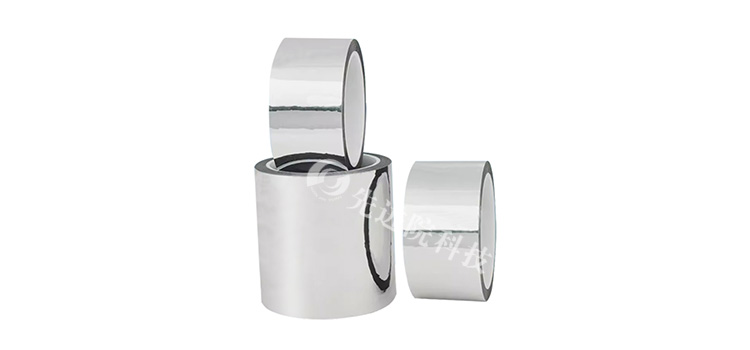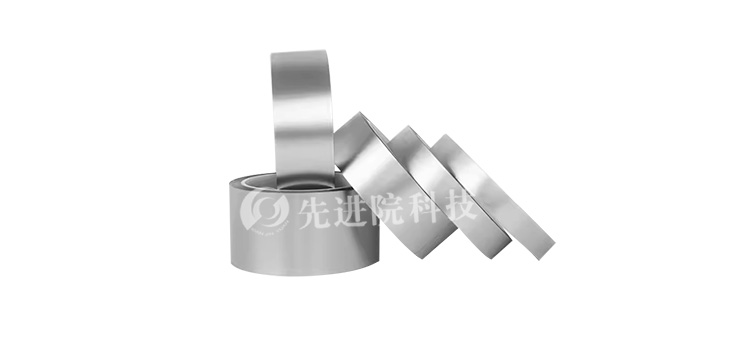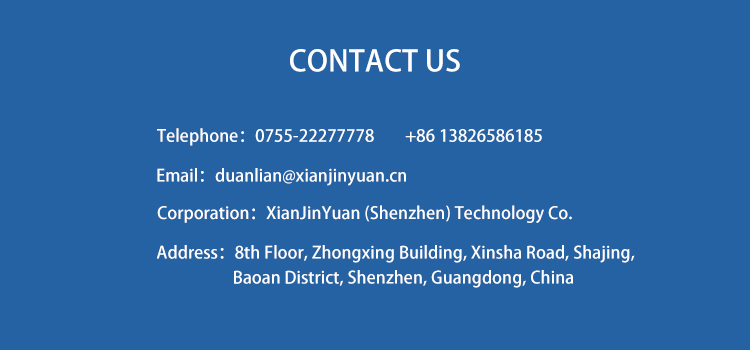1、 Overview of Welding Performance of PI Tin Coating
PI tin plated filmIt is an innovative material with a tin layer coated on the surface of PI (polyimide) film, which has unique soldering properties.
(1) Good weldability
The tin layer in the PI tin plated film provides it with good solderability. Tin itself has a low melting point (231.9 ℃), which allows the tin layer to melt at relatively low temperatures during the welding process, thereby achieving welding connections with other components. For example, in the soldering of some electronic circuits,PI tin plated filmCan be smoothly soldered together with the pins of electronic components to form a stable electrical connection. This characteristic makes PI tin plated film widely used in the field of electronic manufacturing.
(2) Stability after welding
The PI tin plated film exhibits good stability after welding. On the one hand, PI film itself has excellent physical and chemical properties, such as high heat resistance, chemical corrosion resistance, etc. It can withstand certain heat and chemical substances during the welding process without deformation or performance degradation due to welding. On the other hand, the bond between the tin layer and the PI film is relatively strong, and it can maintain a good connection state after welding, making it less likely for the solder joints to loosen or fall off.

2、 Welding process applicable to PI tin plated film
(1) Reflow soldering
- Reflow soldering principle: Reflow soldering is a common soldering process suitable for soldering PI tin plated films. During the reflow soldering process, the circuit board enters the heating area through a conveyor belt. The solder paste is first heated above its melting point to melt it, and then cooled to form solder joints. For PI tin plated film, its tin layer can smoothly melt under the temperature curve of reflow soldering and weld with other components.
- Performance of PI tin plated film in reflow soldering:PI tin plated filmHas good adaptability in reflow soldering. Due to its reflow soldering capability, the soldering quality can be guaranteed in electronic assembly, such as when soldering PI tin plated film to components on a printed circuit board (PCB). Experimental data shows that under the standard reflow soldering temperature curve (the preheating zone temperature gradually increases to 150-180 ℃, and then reaches around 210-230 ℃ in the melting zone), the solder joints of PI tin plated film form well, and the electrical and mechanical properties after soldering can meet the requirements.
(2) Manual welding
- Manual welding is a traditional welding method that is often used in some small-scale production or maintenance. For manual welding of PI tin plated film, the operator uses a soldering iron to melt the tin wire between the PI tin plated film and the components that need to be connected.
- Precautions for manual welding of PI tin plated filmManual welding of PI tin plated filmAttention should be paid to controlling the welding temperature and time. Although PI film has good heat resistance, excessive temperature and welding time may still cause damage to it. Generally speaking, the temperature of the soldering iron should be controlled between 300-350 ℃, and the welding time should be kept within 3-5 seconds as much as possible. This can ensure the welding quality of the PI tin plated film and avoid affecting the performance of the PI film itself.

3、 Comparison of welding performance with other materials
(1) Comparison with gold-plated PI conductive film
- Welding temperature requirements:Gold plated PI conductive filmThe welding temperature requirements are relatively high. Because the melting point of gold is 1064 ℃, although it is not necessary to reach the melting point of gold in actual welding, the welding temperature is much higher compared to PI tin plated film. For example, in some special application scenarios that require high-temperature welding, gold-plated PI conductive film may be more suitable, but in conventional electronic welding, the lower welding temperature of PI tin plated film is more conducive to protecting the welded parts and improving welding efficiency.
- Stability after welding: PI tin plated film and gold-plated PI conductive film each have their own characteristics in terms of stability after welding. The stability of PI tin plated film mainly depends on the bonding between the tin layer and the PI film, as well as the properties of the PI film itself; After welding, the gold-plated PI conductive film also has good bonding stability between the gold layer and the PI film. However, due to the relatively stable chemical properties of gold, in some special environments (such as strong corrosive environments), the gold-plated PI conductive film may exhibit better long-term stability.
(2) Comparison with Nickel Plated Copper Foil (PI Film)
- Weldability:Nickel plated copper foil (PI film)The weldability is different from that of PI tin plated film. The solderability of nickel is relatively poor compared to tin, and special fluxes or higher soldering temperatures may be required during the soldering process to ensure soldering quality. PI tin plated film, with its excellent solderability of the tin layer, can achieve good welding results under conventional welding conditions.
- Welding cost: In terms of welding cost, the welding cost of PI tin plated film is relatively low. Because tin is relatively cheaper than nickel, and during the soldering process, PI tin plated film does not require special soldering processes or fluxes like nickel plated copper foil (PI film) to ensure soldering quality, thereby reducing soldering costs.
In summary, PI tin plated film has good welding performance and is suitable for processes such as reflow soldering and manual soldering. Compared with other similar materials, it has demonstrated its advantages in welding performance and cost.
The above data is for reference only, and specific performance may vary due to production processes and product specifications.





